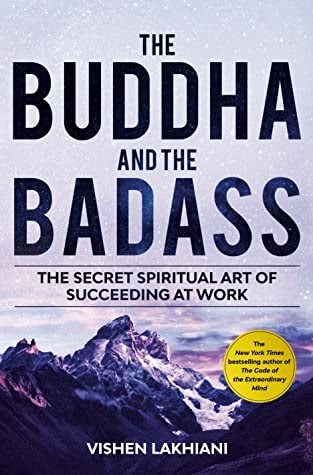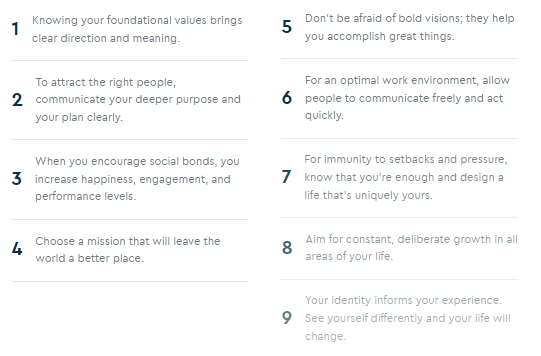The Buddha and the Badass
Vishen Lakhiani, 2020, The Buddha and the Badass: The Secret Spiritual Art of Succeeding at Work
1 Book Image
2 More info
It’s a modern myth that hard work and hustle are the paths to success. Inside you is a soul. And once you unleash it fully into the domain of work, magic happens.
Well, it is not magic, just iterating, removing some impediments and being careful of using a big tricky toolbox!
Well, in fact, it is magic because the big tricky toolbox is not enough and sometimes needs to grow and at that point, people must transgress their boundaries …
3 Archetypes
If you’re the average person in the developed world, you spend 70 percent of your waking hours at work. And if you’re the average person, you’re miserable for most of those hours. This is simply not an acceptable state of affairs for your one shot at life.
No matter your station, you possess incredible unique powers. It’s a modern myth that hard work and hustle are the paths to success. Inside you is a soul. And once you unleash it fully into the domain of work, magic happens. Awakening the Buddha and the Badass inside you is a process that will disrupt the way you work altogether. You’ll gain access to tools that bend the very rules of reality.
- The Buddha is the archetype of the spiritual master. The person who can live in this world but also move with an ease, grace, and flow that comes from inner awareness and alignment.
- The Badass is the archetype of the changemaker. This is the person who is out there creating change, building, coding, writing, inventing, leading. The badass represents the benevolent disruptor—the person challenging the norms so we can be better as a species.
Once you integrate the skill sets of both archetypes, you will experience life at a different level from most people. You will operate from a space of bliss, ease, inspiration, and abundance. The Buddha and the Badass: The Secret Spiritual Art of Succeeding at Work will show you how. Author of the New York Times bestseller The Code of the Extraordinary Mind and founder of Mindvalley, Vishen Lakhiani has turned his own life and company into his research lab. He’s codified everything he’s learned into the how-to steps in this book. The Buddha and the Badass teaches you how to master your work and your life.

